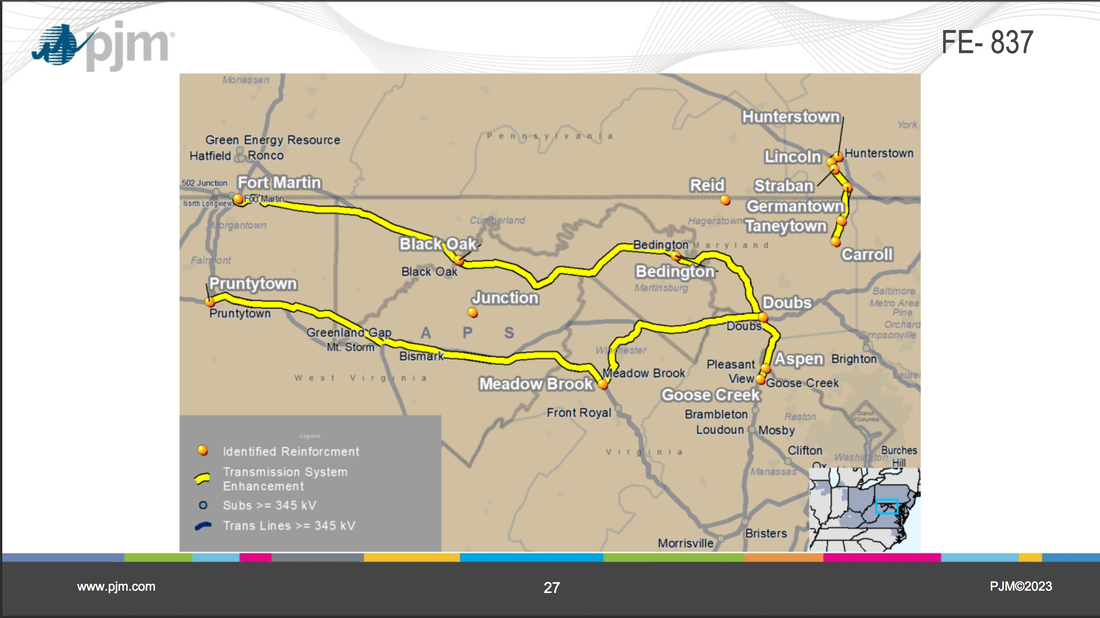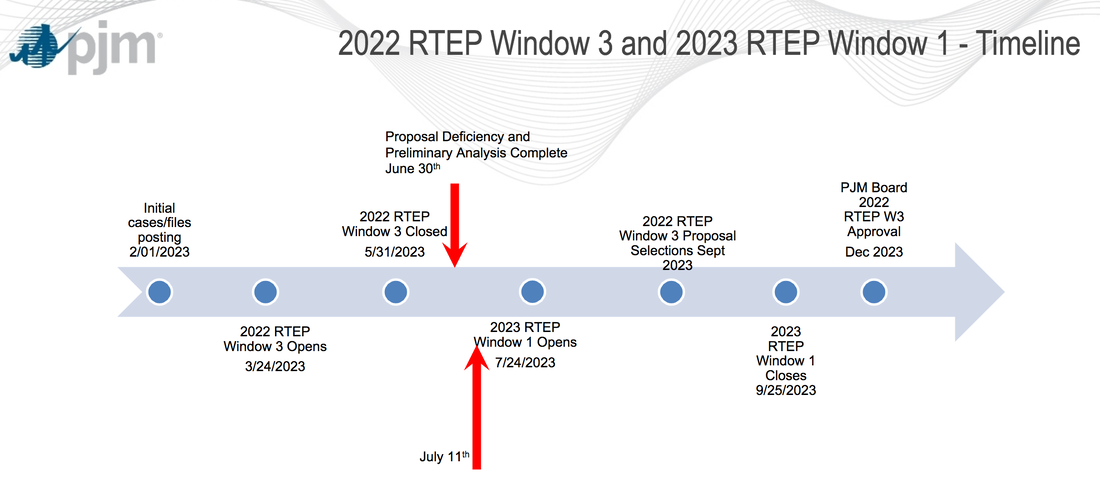New transmission has been juiced by government giveaways of taxpayer cash.
Once a developer requests a NIETC for its project and DOE approves, permitting for the transmission project shifts to the Federal Energy Regulatory Commission. FERC wants to open a separate permitting process for such a project, to run at the same time as your state permitting process. That way, if your state denies a permit, FERC is standing there poised with its rubber stamp to overrule what your state utility experts decide.
Ready? Go here.
Just fill out the form. You can even check a box to remain anonymous. You don't have to give your name (although, personally, I always prefer to own my words).
The deadline for comments is just a week away on July 31!
Don't know what to say? If the information in this blog isn't enough for you to compose a comment, then you may find inspiration reading some of the comments that have already been submitted. They cover a wide range from obsequious greedy transmission developers, to other government agencies, to citizens just like you.
Get your comments in now before time runs out!!!





 RSS Feed
RSS Feed